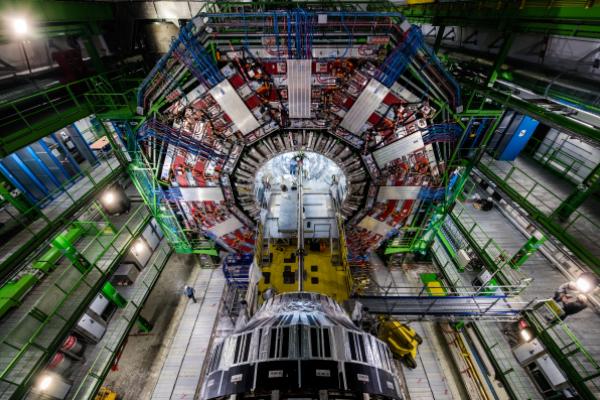OSU group awarded DOE Grant to study fundamental particles and interactions

The Ohio State University high energy physics group recently was awarded a four-year $6.8 million grant from the Department of Energy.
This grant will fund the research activities of nine faculty members as well as their postdocs and graduate students. The research being funded covers a wide range of projects in fundamental physics. This includes research at CERN’s Large Hadron Collider (LHC), using the highest energy particle beams available at a man-made accelerator to study the properties of the Higgs boson, search for physics beyond the Standard Model, including the source of dark matter, and precision studies of Standard Model processes.
Members of The Ohio State University Physics Department (Profs. Boveia, Gan, Hill, Winer (PI)) play important roles in the LHC’s two general purpose detectors (ATLAS, CMS) with major contributions in the areas of both hardware and data analysis. The study of dark energy through nonaccelerator-based methods, such as astronomical sky surveys, is another major research thrust of this grant.
Here members of the Physics and Astronomy Departments (Profs. Honscheid, Martini) lead efforts in the design, construction, and analysis of data from a series of on-going experiments including DESI.
The third component of The Ohio State University’s high energy physics program (Profs. Braaten, Mathur, Raby) includes theoretical studies on the most interesting questions in this field including physics beyond the Standard Model, what is inside a black hole, and precision calculations of Standard Model processes.
Having both theory and experiment on this grant allows and encourages collaboration with the respective groups. An important aspect of this proposal stressed the training of graduate students and postdocs in the latest techniques in computers, electronics, and data mining.
